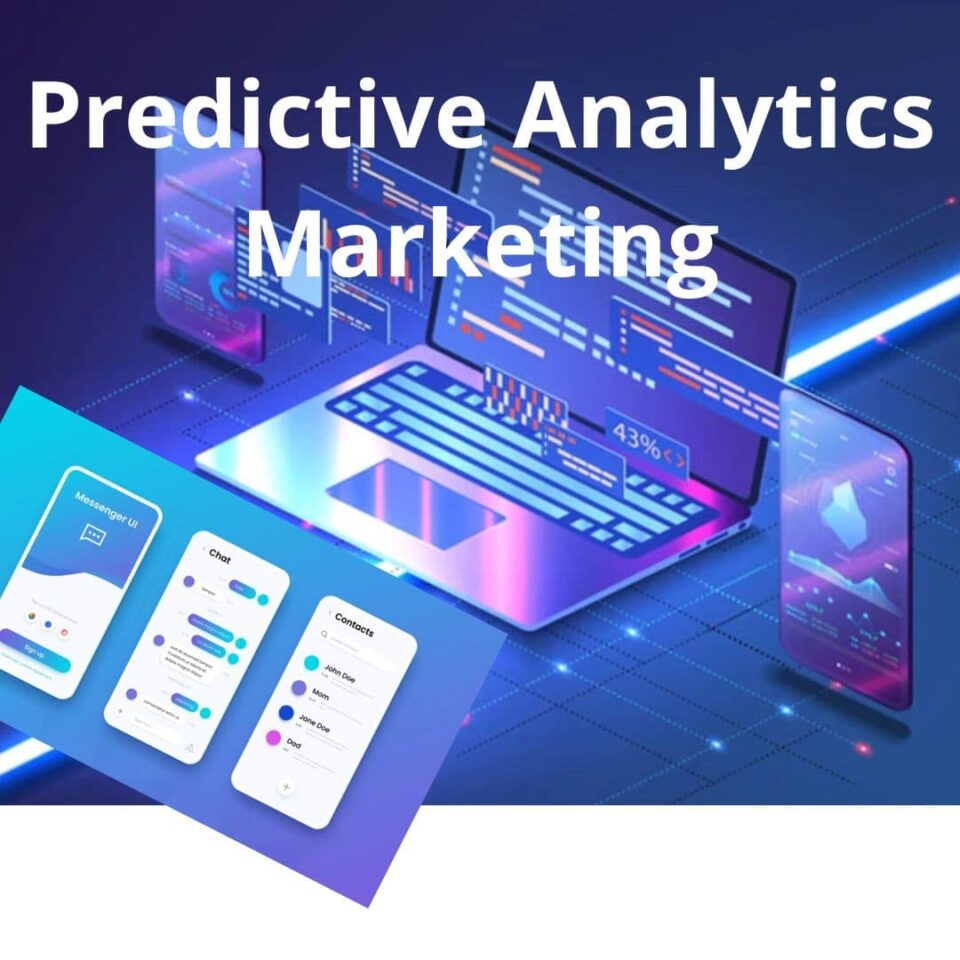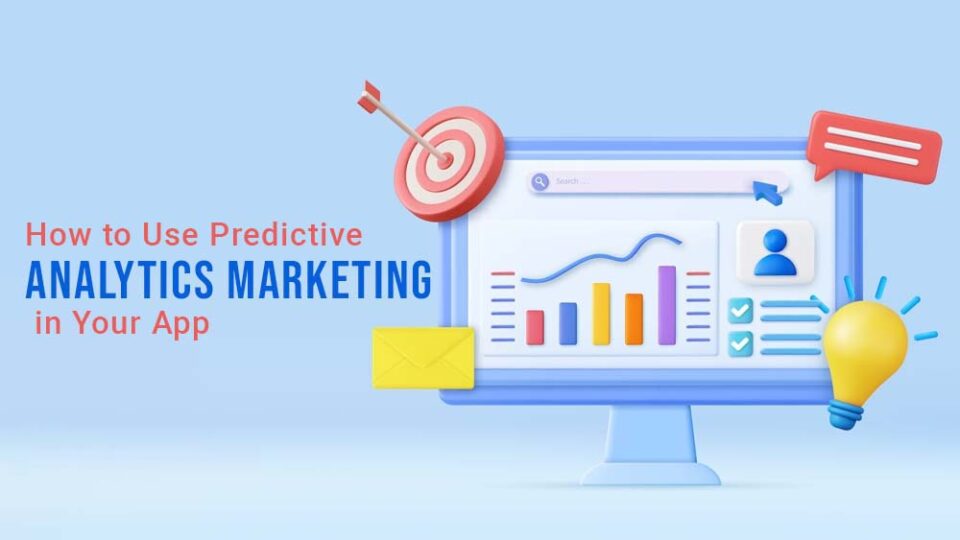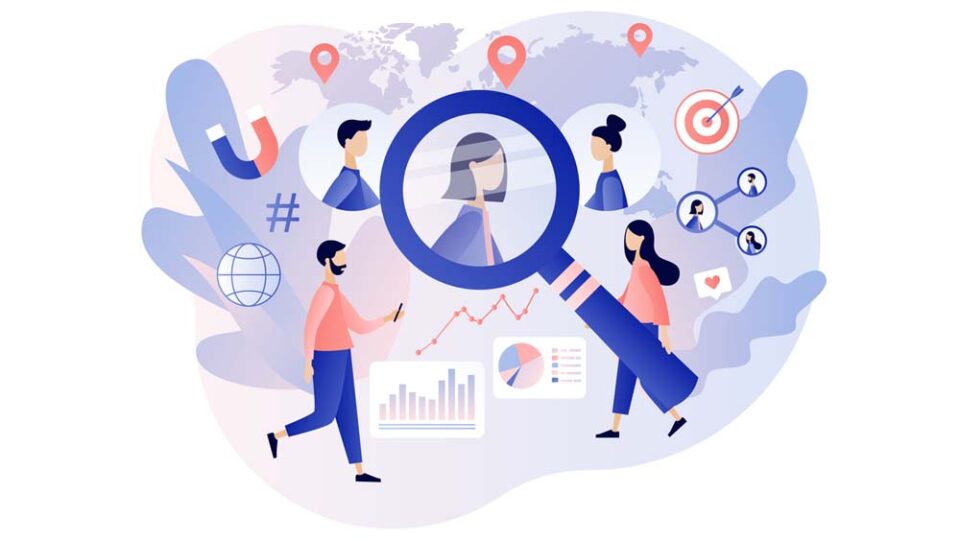People have been seeking the ability to predict the future since the dawn of time. You will find that the great Nostradamus was both respected and ridiculed for claiming to have this power. That is if you searched through history books. Predictive analytics marketing is a type of data analysis strategy used to make predictions about future events or outcomes. It looks for patterns in the data and information it already has and then makes predictions based on them. Predictive analytics can be used in the app industry to make targeted marketing campaigns, understand how users act, and improve app features. That is to get more people to use them. This may even involve the ability to foretell future events. It is as if technology is providing us with new skills that are on the verge of becoming superpowers.
In fact, since 2012, the EMBERS Project at Virginia Tech has been able to predict social events by using data that is available to the public. Data such as social media posts, news articles, data from financial markets, weather data, satellite images, and restaurant reservations. EMBERS has repeatedly demonstrated that predictive analytics works. It has been right during protests, social uprisings, natural disasters, and disease epidemics.

Technology and Predictive Analytics
Predictive analytics elevate traditional mobile app analytics. They use many different types of modern technology, such as traditional statistics and user data, data mining and modeling, and artificial intelligence. You can increase user engagement, increase sales, and make better business decisions. By simply using predictive analytics to look into the future of your company and make suggestions to users. Predictive analytics are quite helpful for adjusting your sales plan in a marketing scenario. Even now, businesses are combining IoT with mobile apps and predictive analytics technology to create preventative maintenance programs that save money.
What Is Predictive Analytics
Experts define the process of using data to predict future outcomes as “predictive analytics.” The process uses data analysis, machine learning, artificial intelligence, and statistical models. to look for patterns that could help predict how people will act in the future. Organizations can forecast trends and behaviors with high accuracy. By using historical and current data for seconds, days, or years in the future. You can check out our article about how to develop an analysis for your app and its costs here.

How Does Predictive Analytics Work
Let’s first uncover its usage. Data scientists use predictive analytics to find links between different parts of different datasets. A statistical model is created, trained, and adjusted to produce predictions after data collection is finished. There are three main steps that are followed to build the framework of predictive analytics for your app marketing.
- Know the problem: A solid prediction begins with a strong thesis and a set of requirements. Can a predictive analytics model, for example, detect fraud? Determine potential flood levels caused by severe weather. A specific problem to solve will help determine which predictive analytics method should be used. Defining the problem will allow you to set the right predictive analysis your app will need.
- Collect and organize data: When you’re applying data analytics to your marketing strategy, a little graph with the datasets you acquired about your users will be more than beneficial. You can organize your datasets after determining and analyzing your users’ data flow. You can also use a data warehouse for data storage such as BigQuery
- Data preparation: Raw data is only marginally valuable on its own. Your data should be cleaned to remove irregularities, missing data points, and extreme anomalies which could be the consequence of measurement or input errors—in order to make it ready for the predictive analytics models.

Identify Target Audiences with Predictive Analysis
By looking at how people use an app, predictive analysis can be used to find the right people to market it to. By assessing the traits of those who are already using your app and predicting what kind of users would benefit most from your services, you can tailor advanced targeting strategies and content to increase app downloads and retention. Additionally, predictive analysis can reveal demographic segments that show greater potential, such as younger age groups or certain ethnicities or genders, so that you may further tailor your app’s features or offers to attract these users.
Gathering and leveraging customer data can tell you a great deal about user behavior when it comes to using and engaging with your app. By knowing how people use your app, what kinds of activities they do, and where they are in the customer lifecycle, you can use predictive analysis techniques to learn more about how users engage with and stay with your app. With this information, you can make more targeted marketing plans that focus on the needs or interests of users. This will help you get more downloads and keep users, resulting in a higher return on investment (ROI).

Monitor Trends in the Marketplace with Adaptive Strategies
You can use predictive analytics to drive your app’s success. Meaning that you can monitor trends in the marketplace and develop marketing strategies to manage customer behaviors. Metrics like how much a customer spends, how long a session lasts, or how often they uninstall can be used right away to make custom campaigns and promotions. For example, if there is a spike in uninstalls from users who are not finding value in your offering, it might be a signal to make adjustments or tailor specific offers for those segmented users. This strategy may help keep them using the app longer until they see the value proposition.
Predictive analytics techniques
Regression and classification models are the two main categories of predictive analytics. Classification models make an effort to categorize data objects (such as clients or prospective outcomes). For example, a store with a lot of data on different types of customers might try to predict which types of customers will be open to marketing emails. Regression models aim to forecast continuous data. Such as the volume of sales that certain clients will bring in throughout the course of their engagement with the business.
Three major techniques are typically used in predictive analytics:
- Regression analysis: a statistical analysis method known as regression estimates the relationships between variables. Regression is helpful for finding trends in huge datasets and for figuring out the relationship between inputs. On continuous data with a known distribution, it works best. Regression is frequently used to examine the relationship between one or more independent factors and a dependent variable, such as the impact of pricing changes on product sales.
- Decision trees: decision trees are categorization models that group data based on specific variables into various groups. The approach works best when attempting to comprehend a person’s choices. The model resembles a tree, with each branch representing a possible option and the branch’s leaf reflecting the outcome of the choice. Decision trees are frequently simple to understand and effective when a dataset has a number of missing variables.
- Neural analytical networks: machine learning techniques like neural networks are helpful for modeling extremely complicated interactions in predictive analytics. They are essentially powerful pattern recognition engines. The best method for identifying nonlinear relationships in datasets is to employ neural networks. Particularly when there is no established mathematical formula for data analysis. Decision trees and regression analysis models’ results can be verified using neural analytical networks.
An App’s Predictive Analysis Is the Gate to Its Success
Big data systems led to the development of predictive and enhanced analytics. With bigger data sets, more data mining can be done to predict insights. Predictive analytics capabilities have also grown as a result of advances in big data machine learning.
Now is the time to start building and developing your app with nandbox. nandbox’s app builder will help you create an app from A to Z in minutes. Try out our app builder’s features, and don’t forget to develop your app’s predictive marketing analytics by following the information provided in this article.